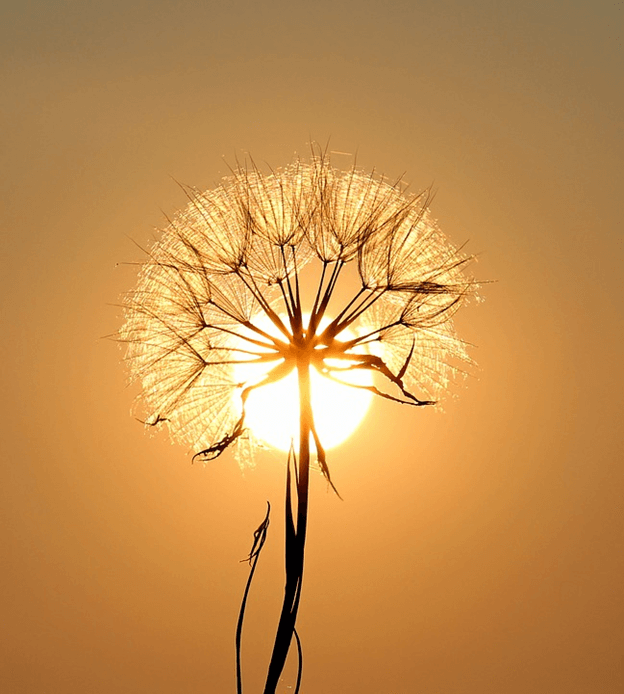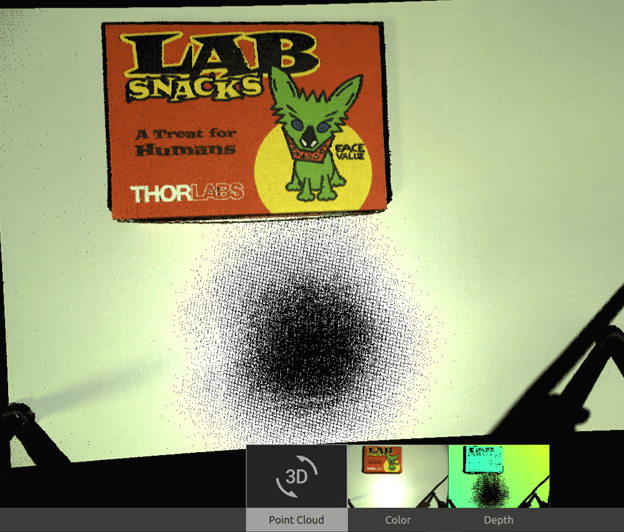光晕 - 点云中的亮点
介绍
光晕是成像中的一种现象,当强光照射到传感器时可能导致过饱和,从而使图像出现意外的高光和失真。本文介绍了光晕的成因和影响,以及它对机器视觉的影响。
什么是光晕?
当光线太强时,相机传感器上受影响的像素会变 "失明" 或过度饱和。这会导致光晕现象,多余的光会溢出到相邻的像素中,使它们看起来比原本更亮。这种溢出的程度取决于光源的亮度。
主要特点
过度饱和:受影响的区域变得完全白色,失去所有细节。
局部的或广泛的:光晕可能会影响整个图像或仅影响特定区域。
常见原因:来自太阳或明亮的灯等直接光源,或来自镜面物体的间接反射。
示例 1:水面上反射的太阳光
当阳光从海面反射时,会在图像中形成一个很大的白点,使得该区域的任何细节都难以看清。

示例 2:太阳前的蒲公英
位于太阳前的蒲公英在某些区域可能会发出橙色光芒。这种光芒的出现是因为明亮的阳光照射到附近的像素上,使它们看起来比实际更亮。

光晕的原因和后果
光晕会导致机器视觉系统出现问题,尤其是在尝试捕获准确的深度信息时。常见原因包括:
反射性表面
将光线(来自环境光或投影仪)直接反射回相机的表面(例如镜面或光滑材料)可能会导致光晕。这种反射通常会使相机传感器饱和。
深度信息错误
太亮(过饱和)的像素无法提供准确的深度测量。这些像素的 3D 数据通常会被过滤掉,从而在点云中留下间隙或 "空洞" 。
示例:相机面向平面
如果将相机直接放置在一个平面的上方,比如桌面,投影仪发射的光线会直接反射回相机。这会在图像中产生白点,并在点云中产生没有深度数据的区域。

有关如何在彩色图像和点云中减少光晕以及处理其影响的建议,请参阅 光晕 。